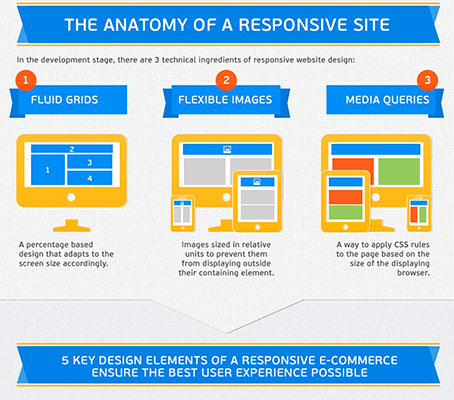Intrigued In Learning Just How Website Style Has Advanced Over The Years? Discover The Journey From Simple Styles To User-Centered Approaches
Intrigued In Learning Just How Website Style Has Advanced Over The Years? Discover The Journey From Simple Styles To User-Centered Approaches
Blog Article
Post Author-Rasmussen Lunde
In the past, sites were straightforward and concentrated on information. Navigation was straight, and layout was for desktop computers. Now, individual experience is essential. Information guides styles for easy navigating. Receptive formats suit different gadgets. Today, dark setting decreases stress, and minimal food selections improve navigation. Interactive functions engage users, and bold visuals stand apart. AI assimilation boosts involvement. See just how design has advanced to improve your on the internet trip.
Very Early Days of Website Design
In the early days of website design, simplicity preponderated. Sites were fundamental, with limited colors, typefaces, and formats. The focus was on giving info instead of showy visuals. Users accessed the net via slow-moving dial-up links, so speed and capability were key.
Navigation menus were straightforward, commonly situated at the top or side of the web page. Internet sites were made for desktop, as mobile surfing wasn't yet prevalent. Web content was king, and developers prioritized simple readability over complicated style elements.
HTML was the key coding language utilized, and developers needed to work within its restraints. Animations and interactive attributes were marginal compared to today's standards. Internet sites were static, with little dynamic content or tailored user experiences.
Increase of User-Focused Style
With the evolution of internet site style, a shift in the direction of user-focused style principles has actually come to be progressively popular. https://www.jdsupra.com/legalnews/5-steps-to-get-started-with-search-3290864/ , producing web sites that focus on customer experience is critical for engaging visitors and accomplishing company objectives. User-focused layout entails recognizing the demands, choices, and behaviors of your target audience to customize the internet site's format, material, and features as necessary.
Designers now carry out comprehensive research, such as customer studies and use testing, to gather understandings and comments straight from users. This data-driven strategy assists in developing instinctive navigation, clear calls-to-action, and aesthetically appealing user interfaces that resonate with visitors. By positioning the individual at the facility of the layout process, internet sites can provide a much more customized and satisfying experience.
Receptive style has actually likewise become a vital aspect of user-focused layout, making certain that sites are enhanced for different devices and display sizes. This adaptability improves accessibility and usability, satisfying the diverse means customers communicate with sites today. In essence, the surge of user-focused style symbolizes a change towards developing digital experiences that focus on the requirements and expectations of the end user.
Modern Trends in Web Design
Check out the most up to date fads shaping website design today. One famous pattern is dark mode style, using a sleek and contemporary look while reducing eye strain in low-light environments. https://www.techiexpert.com/how-to-make-your-digital-marketing-overhaul-a-success/ is minimal navigation, streamlining food selections and boosting individual experience by focusing on essential elements. Incorporating micro-interactions, such as animated switches or scrolling effects, can create a more appealing and interactive internet site. Receptive design remains vital, ensuring seamless individual experiences throughout different tools. In addition, utilizing strong typography and unbalanced designs can include visual interest and accentuate specific web content.
Integrating AI innovation, like chatbots for client support or individualized suggestions, enhances user interaction and simplifies processes. Access has also become a significant pattern, with designers focusing on comprehensive design practices to satisfy diverse user demands. Welcoming sustainability by enhancing website performance for speed and effectiveness is another arising pattern in website design. Working together with individual feedback and data analytics to iterate and boost layout continually is essential for remaining pertinent in the ever-evolving digital landscape. By welcoming these contemporary patterns, you can produce a visually appealing, straightforward web site that reverberates with your target market.
Final thought
As you reflect on the development of site layout from the early days to currently, you can see how user-focused layout has actually come to be the driving force behind modern patterns.
Accept the trip of change and adaptation in web design, constantly maintaining the customer experience at the center.
Keep current with the current fads and technologies, and never stop evolving your method to develop aesthetically magnificent and user-friendly websites.
Develop, adapt, and develop - the future of web design is in your hands.
